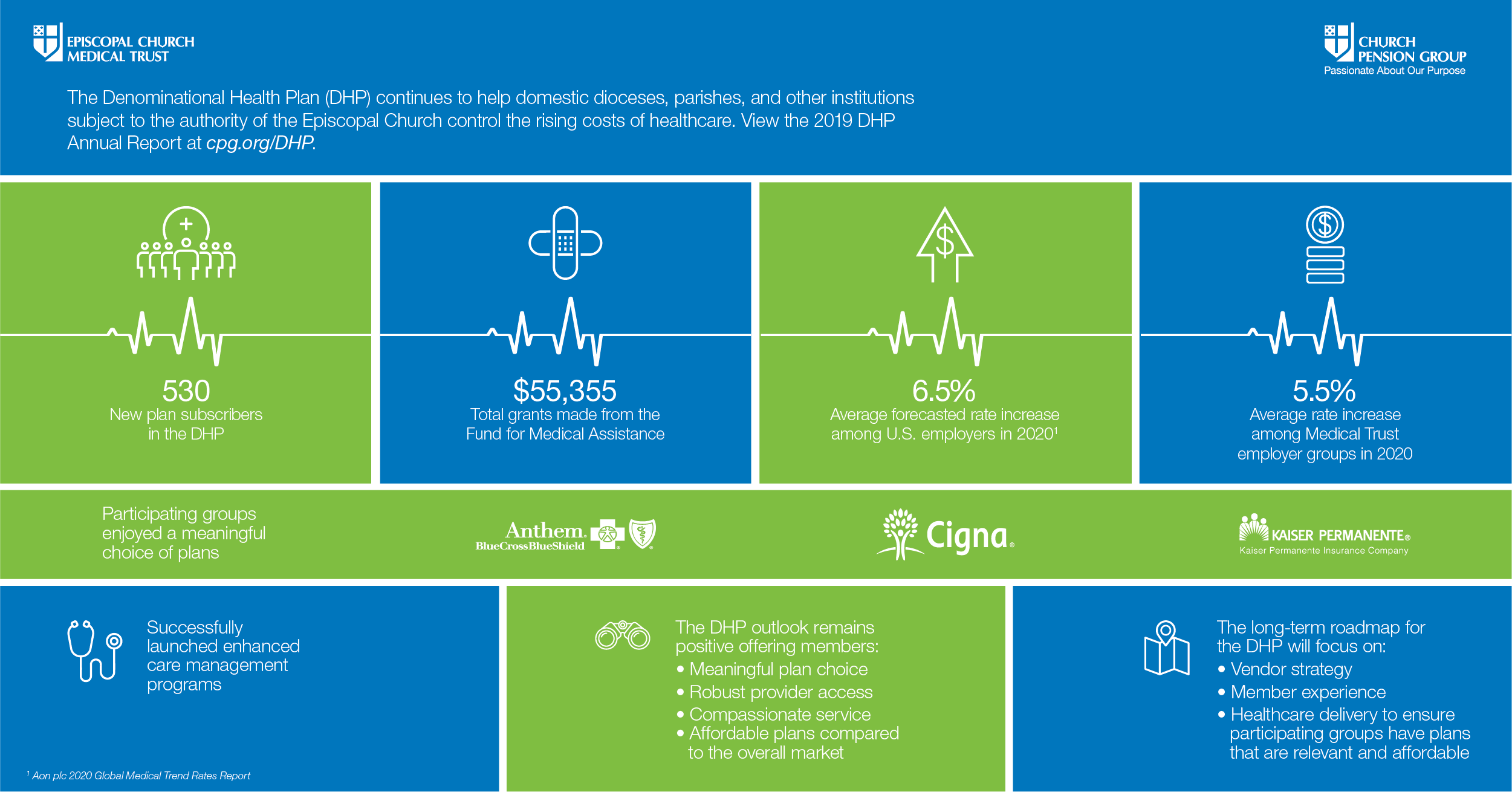The Development Of Church Songs - From Gregorian Chants To Contemporary Prayer

Article By-Williamson Filtenborg
The history of church songs is snugly linked to the background of faith. Up until the high Middle Ages, the only type of music that was considered spiritual was monophonic incantation.
Unison chanting was the main practice until artists began to experiment with polyphony-- songs in which greater than one component is sung at the same time. This advancement was not without conflict.
Gregorian Chants
Gregorian chants are the structure of Christian liturgical songs. Frequently, the exact same tune is repeated for different texts throughout a service and can be utilized to highlight the message's magical as well as spiritual message. Lots of Gregorian tunes are reminiscent of Hebrew synagogue melodies. A few Gregorian tunes have actually ended up being preferred nonreligious songs, including the Renaissance tune "Nun bitten wir den heiligen Geist."
Gregorian chants are monophonic, and they do not make use of harmony, but they do use drones, a music strategy where one note is held for a prolonged amount of time. They likewise do not have exact rhythms, but they do include a ternary kind and frequently consist of an incipit (start) and cadences (ending). Gregorian chants were created at the time of the Frankish kings' effort to unify their kingdom under a single Roman liturgy as well as incantation. The most renowned Gregorian incantations are the Responsorial psalms and also the Antiphons. These are accompanied by complimentary tunes called tropes that show the message's meaning.
Hymns
The lyrics of a hymn ought to be poetic, with a clear, rational progression resulting in a strong, decisive orgasm. They will not wander right into extraneous throughts for the sake of a rhyme or rhythm. The tunes of a hymn ought to recognize, so that they can be easily found out and also sung.
just click the next web site has a strophic kind, with a number of brief verses sung to the same tune. This enables congregational vocal singing and also assists to provide the narrative arc of the song. Classic hymns have a refrain, although there are some without one.
In the 16th century, Renaissance polyphony overshadowed Gregorian shout for a time, McDonnell says. But with liturgical reforms following in the 20th century, Gregorian incantation was recovered, Black includes.
Gospel Tracks
Gregorian incantation as well as other Western church music are rooted in ancient times when individuals spontaneously broke into song to express their feelings. This technique can be seen in biblical accounts of occasions such as the tune of party led by Miriam following a divine wonder when she parted the Red Sea, and also the spontaneous ode pneumatikos sung by Mary after conceiving with Jesus.
Throughout the Second Great Awakening in the 1800s, Protestant religions began to proliferate as well as many of them utilized music to connect their faith. Charles Wesley as well as Isaac Watts created hymns that were incredibly popular, and also African American servants developed a style of music called spirituals.
These African American religious songs incorporated facets of folk and also blues music, but they also preserved a deep spiritual pathos. When they merged with black church songs that occurred from the Righteousness activity, which highlighted individual commitment, scripture songs were birthed. They tended to have a refrain and also were usually at a much faster speed than hymns.
Contemporary Prayer
When it pertains to contemporary praise, every church does points a little bit in a different way. While https://www.winchesterstar.com/straight-out-of-history-organists-bench-returned-to-christ-episcopal-church/article_8e0b3ad4-c29c-5b4a-9f89-dd46a8faf192.html of churches make use of a variety of styles, the majority of are rooted in modern sorts of popular music with a solid impact from popular culture.
These designs are typically based upon instruments like guitars as well as easy carolers. They are made to equalize congregational singing so more individuals can participate. The style has actually advanced from the folk guitars of the 1970s to even more acoustic string and woodwind instrumentation.
Yet while the pounding kick-drums of the most recent Mumford and also Sons tune may appear more in tune with modern-day culture, there are various other designs that can be much more theologically concentrated as well as musically advanced. For example, hymns with a distinctly doctrinal lyrical emphasis blending typical rhythms and also tools have begun to emerge recently. The trend is encouraging and also one that might at some point bring Gregorian incantations back into the mainstream of modern worship. The essential point is not to create a dichotomy in between style as well as substance.

